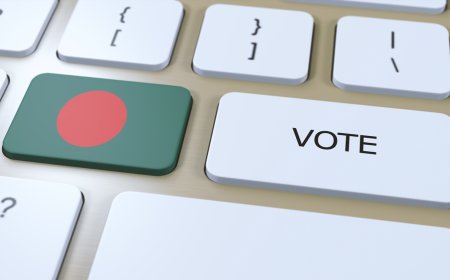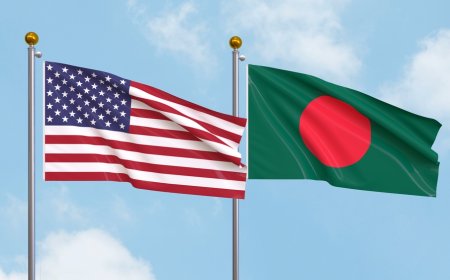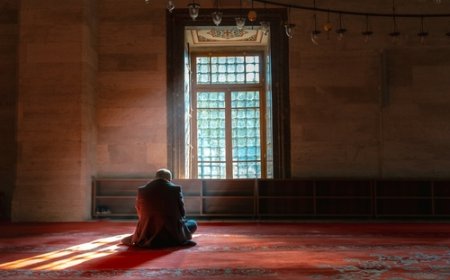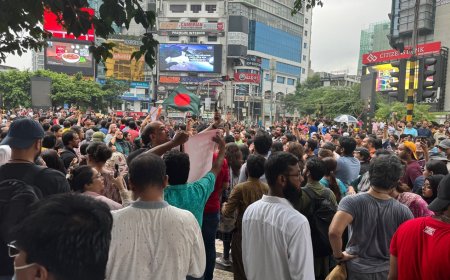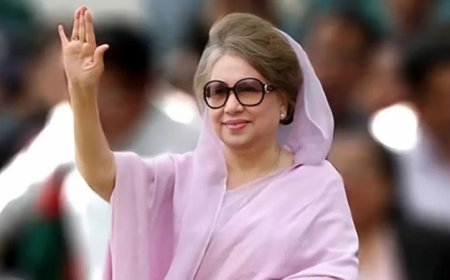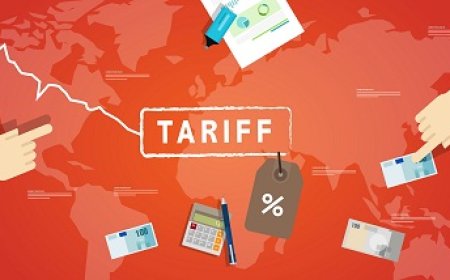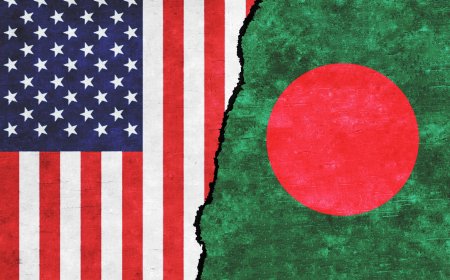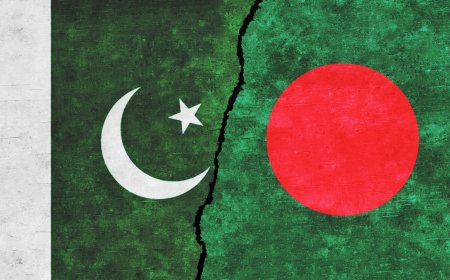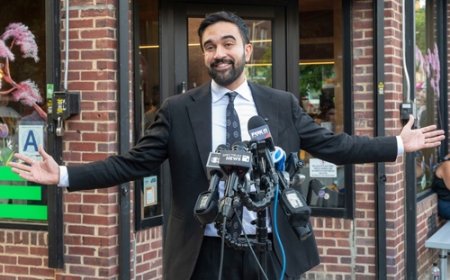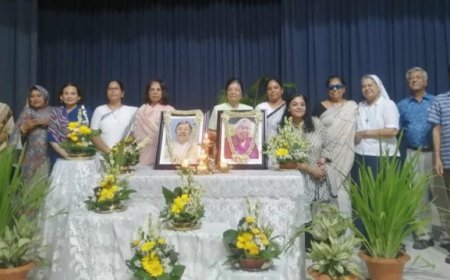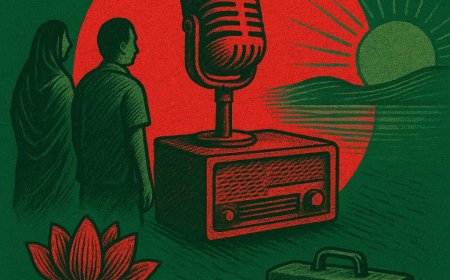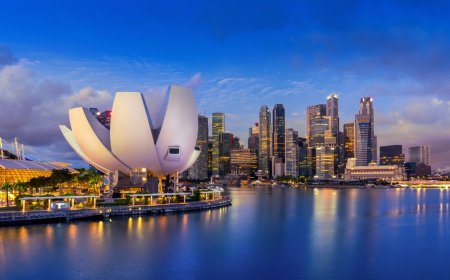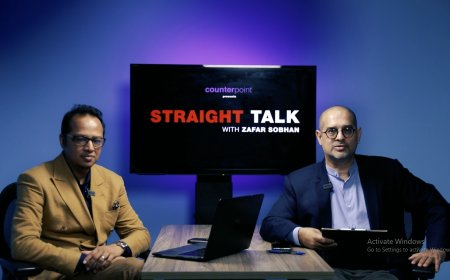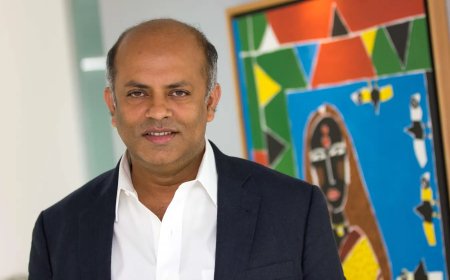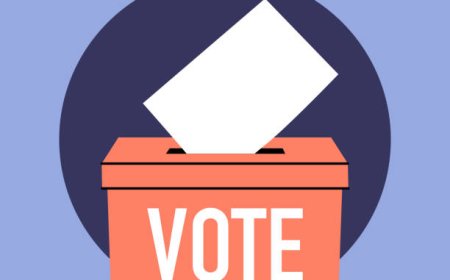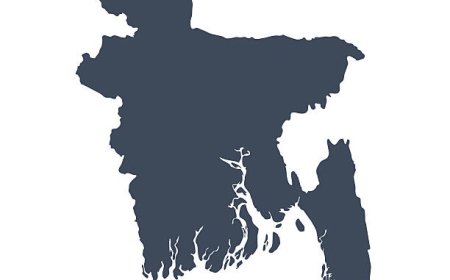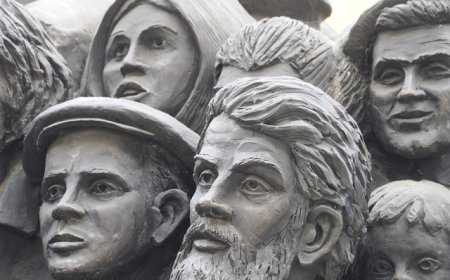The July Uprising and Its Aftermath
How revolutionary aspiration transformed into an elite settlement
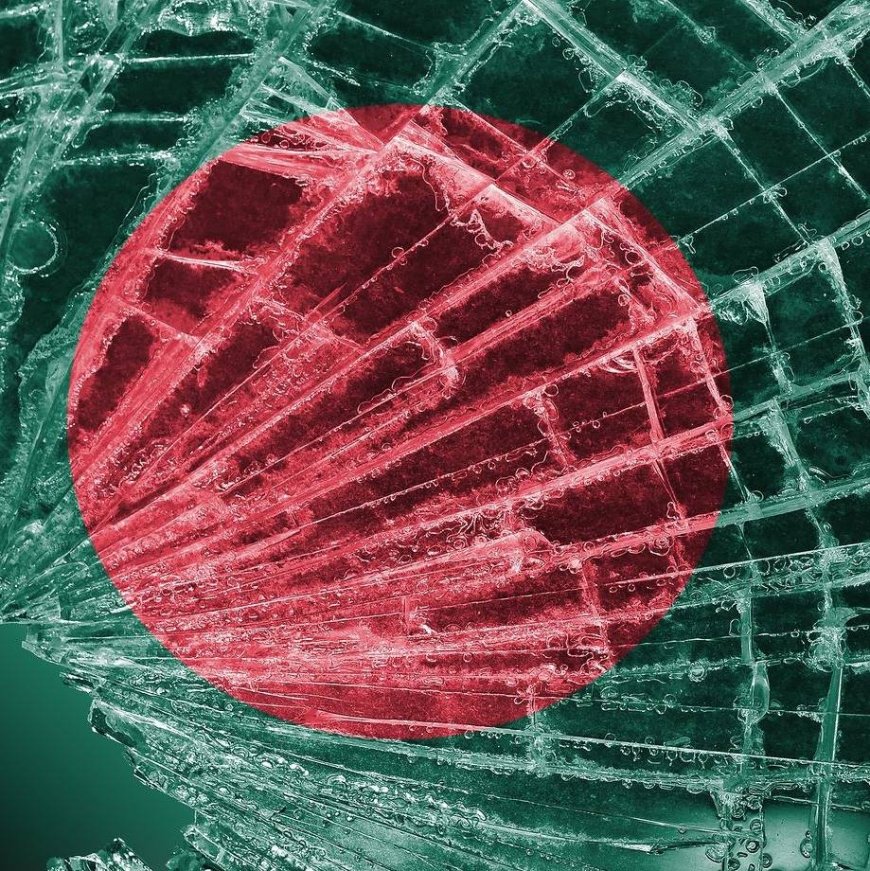
On August 3, 2024, before thousands at Shaheed Minar, the leaders of the Anti-Discrimination Movement transformed their nine-point demands into a single demand: the removal of the AL-led regime, which had violated the civil and political liberties of Bangladeshi citizens for the last sixteen years (2009–2024).
However, this call was not only about regime change -- it reflected a much broader aspiration.
As Nahid Islam proclaimed: “We have reached a decision about a one-point demand: to ensure the safety of human life and establish justice in society. The demand is the downfall of Prime Minister Sheikh Hasina and the incumbent government, as well as the abolition of fascism ... The fascist government must be abolished. We want to form a Bangladesh, create a political environment that would never allow another autocracy and fascism.”
Therefore, the demand was not merely about an alternation of power or a simple return to democracy, but about designing a new political system.
The student leaders repeatedly invoked the idea of a new political settlement -- a redistribution of power and a new social contract. This emphasis is important: in the final days of the uprising, the leaders offered a revolutionary aspiration -- the promise of a fundamental transformation of Bangladesh’s political and social structures.
Fast forward one year and a bit to September 2025, and a pessimistic observer of Bangladeshi politics would likely conclude that those aspirations have not materialized. The mass was never meaningfully involved in political transformation; no initiative was taken to challenge entrenched social hierarchies and dominant values; and the reforms that were attempted are now poised for failure.
As the country struggles to find consensus on the July Charter and prepares for elections in February 2026, agreement on checks and balances is non-existent. There is no serious effort to reduce the overwhelming power of the Prime Minister, no consensus on independent appointments to constitutional and oversight bodies, and no credible framework for peaceful transfer of power.
This raises the most important question: How did we get here? How did revolutionary aspirations transform into a relatively “safer” political agreement that failed even to balance power between different stakeholders? Where did we go wrong?
I argue that this apparent failure stems from the choice of adopting an elite-controlled bargaining process, which successfully preserved the status quo. It was not simply elite bargaining itself, but the specific nature of the bargain that produced this outcome. I make this case in the following way:
• First, I discuss how the failure of the uprising’s leaders ended the revolutionary appeal and opened the pathway for political and social elites to take control
• Second, I show how the elites designed an asymmetric bargaining game, where ideas of radical change could not survive
• Finally, I demonstrate how this elite control resulted in an elite settlement that protects the status quo rather than challenging it
From Revolutionary Appeal to Minimally Acceptable Reform
For decades to come, public intellectuals in Bangladesh will likely continue debating whether the events unfolded last year can be considered a revolution. Political scientists, however, are unlikely to use that term. What we witnessed was a mass movement from below that resulted in the violent overthrow of a regime, but not in “rapid, basic transformations of a society’s state and class structures,” that was not “in part carried through class-based revolts,” and did not produce durable political changes, nor cause the “collapse or crippling of the preexisting coercive apparatus” or “the initiation of radical socioeconomic or cultural change."
Indeed, calling July a “revolution” is problematic. The movement began with demands for quota reform in government jobs and only gradually transformed into an anti-regime struggle. What began as a demand for positive liberty shifted into a demand for negative liberty. It was initially student-led and only turned into a mass movement when the regime unleashed its coercive apparatus, brutally repressing and killing students. The public joined in not because of a clear revolutionary program, but because state violence angered them, made them aware of their lost democratic rights, and generated sympathy for the students. The broader appeal of fighting discrimination also resonated.
From this perspective, the movement meets the criteria of an uprising: a sudden, spontaneous protest against authority, with limited programs for systemic change and initially focused on grievances. It does not meet the criteria of a revolution. However, the uprising did contain revolutionary aspirations. As scholars note, uprisings can sometimes trigger events or moments that lead to revolution. Such a moment was attempted on August 3 (as discussed earlier), but it never materialized. Moreover, the uprising promised only political transformation, while largely ignoring societal change.
Several factors explain why the scope of the movement remained limited. First, while student leaders often spoke of fundamentally transforming the political system, they lacked the expertise to translate that vision into action. The uprising’s rapid escalation surprised them, and when the regime collapsed, the resulting power vacuum required a stabilizing hand. Instead of seizing leadership, they deferred to the Interim Government -- dominated by elites who had been marginalized under the previous regime, ready to step up but risk-averse.
Second, this was never a class struggle. The ousted regime had cultivated a clientelist network, built an autocratic middle class reliant on state jobs and services, and co-opted economic and social elites into its winning coalition. These groups joined the uprising with anti-regime sentiments but had no real incentive to alter the structures they benefitted from. The bureaucratic and business elites remained loyal to the regime until its final days, and the armed forces defected only when their corporate interests were at risk. This was not an ideological or moral defection, but one of necessity.
Thus, the uprising unfolded within a political reality where the governing structure that relied on elite-centric rule remained intact. When the Interim Government took office, it relied on existing institutions, replacing individuals but not structures. Former regime elites were swapped with those previously excluded, and a new epistemic community replaced the old cultural elites.
But these “new” elites -- though fierce critics of the regime -- came from the same socio-cultural and economic background. Their problem with the past authoritarian regime was founded on its moral failure and its refusal to uphold the liberal democratic political order, but they were no champion of any radical democratic reforms. They embraced the iron law of oligarchy and saw themselves as “morally superior elites” who would safeguard civil and political liberties, but without challenging the deeper structures. This was, in Pareto’s terms, a circulation of elites within the same class, not a transformation.
By incorporating these elites within the governing structure, the Interim Government converted revolutionary aspirations into minimal reforms acceptable to the ruling class. Reform commissions were dominated by these elites, skeptical of disruptive changes. Even those who sought real transformation faced obstruction from bureaucracy and eventually compromised. Student representatives, appointed as “change agents,” quickly realized their voices carried little weight -- leading to frustration and alienation.
The commissions also followed a deeply elitist approach. While citizens’ opinions were collected, these were filtered twice: first through elite-dominated commissions, and then through political parties who would make final decisions. When the Interim Government declared that the extent of change would be determined by political parties, the possibility of fundamental transformation vanished.
From Reform Discussion to an Asymmetric Political Bargain
Bangladesh’s reform pathway can best be described as political deal-making: parties were expected to negotiate rules for democratic transition and consolidation. This assumption was flawed for two reasons.
First, it assumed all political parties share the same definition of democracy and equal commitment to democratic norms. In reality, political parties are rational actors who seek to maximize utility within certain boundaries. In Bangladesh, that means bending rules to win elections or concentrate power. When given the opportunity to design the rules governing their own behavior, it was inevitable they would fail to reach consensus.
Second, political bargaining rarely occurs among actors with equal power. As Schwartzberg & Knight note, actors may exploit power asymmetries to shape outcomes; those with greater fallback resources have greater bargaining leverage. In Bangladesh, the BNP entered negotiations with significant advantages. If consensus failed, BNP was the party best positioned to benefit. Thus, the process became an asymmetric political bargain, with BNP enjoying the upper hand. Reform proposals, no matter how debated, were ultimately subject to BNP’s final say.
The Interim Government (IG) and the National Citizen Party both failed to check BNP’s dominance. The IG claimed a reform mandate but never clarified its scope, relying instead on vague distinctions between “small-scale” and “large-scale” reform. Its mandate depended on performance, and as approval ratings fell, so did its authority.
Both the IG and NCP’s failure is closely related with another phenomenon -- the perceived rise of a specific group that focused on mob-based rule and utilized mob-violence to attain their demands. The rise of an ultra-right-wing force in the post-uprising period is not surprising and it was actually expected. The us versus them narrative produced by the AL-regime and its intentional and brutal effort to suppress the traditional conservative voices encouraged them to move further to the right as they felt that they remained what Fukuyama called "invisible" to the state that claimed to be liberal.
When that repressive regime came to an end, the IG should have focused on redesigning the political space and making effort to assimilate them within the political process while making them understand their role and significance in the future governing process.
As Huntington has pointed out, for reform to succeed, it is often necessary for the political system "to assimilate successfully into the system the social forces” unleashed by the political change in order to “achieve a new social consciousness."
Unfortunately, no such effort was taken and when these specific groups started claiming what they thought was rightfully theirs while making every effort of violating the right of other groups -- be it women or people of different ethnic or religious identity -- they found that there was no one to stop them. The IG hesitated and, in some cases, gave in to their demands.
Consequently, "creating mob" or "mob violence" became a genuine political strategy. In the uprising of Bangladesh, this phase can be characterized as what Brinton (1957) called "plunging into deeper delirium with moderates being outmaneuvered by extremists.”
This phenomenon affected the bargaining process in important ways. As prevalence of mob-violence raised concerns of the citizens, the IG’s popularity dropped and with it, its ability to create pressure on BNP to accept fundamental reform initiatives.
At the same time, the government’s perceived failure also made the elites quite concerned as they felt that their expectation for stability is being threatened by an "unknown" radical force that the IG cannot control. To them, taking more time for reform translated into the possibility of plunging into deeper problems and henceforth, they rallied behind BNP considering it as the only force that could bring an end to uncertainty.
The NCP also shares the blame. As the revolutionary heroes, they enjoyed significant public support and from the very beginning they decided to lend it to the IG by aligning itself with the government. Consequently, the government’s failure was translated into the failure of the NCP while the party failed to claim credit for the IG’s success.
Furthermore, in an asymmetrical political bargain, where the elites wanted to preserve status-quo and would resist any effort to significant change, the party had a very limited chance, if any, to win.
The only possible strategy available to them was to connect with the mass, make them the understand the necessity for reform and use people’s power to force BNP to accept the changes.
The party miserably failed to do that and instead, decided to participate in the democratic deal-making while expecting that the IG and the consensus commission would be able to make change happen. From the very beginning, the NCP participated in a game where they would always remain in a disadvantageous position.
The party had another important failure. It promised to be a centrist party and declared that it would focus on protecting rights of all citizens irrespective of their gender, ethnicity or religious identity. However, when ultra-right groups violated the rights of others, the NCP often failed to take a clear rights-based stance. At times, their responses came too late; in other cases, they chose to remain silent.
This tendency toward populism damaged the party’s credibility, particularly when it occasionally rode the populist tide to pursue specific policy goals. As a result, elites -- already leaning toward BNP as a force of stability -- grew increasingly skeptical of the NCP.
Many of them supported fundamental political reform, but the NCP’s reluctance to adopt liberal positions on contentious issues led them to question whether reform was worth the potential cost.
Doubts also emerged over whether the NCP genuinely sought transformation or was merely stalling. Unsurprisingly, this skepticism ultimately pushed elites to grudgingly accept BNP’s promise of minimal reform.
Reform Output as Elite Settlement
What we observe today is a missed opportunity. While the uprising was unlikely to spark immediate socio-cultural transformation, there was strong popular demand for political change- championed by student leaders and felt by the public. At that moment, elites were divided, and the bureaucracy vulnerable. But the chance was lost.
Instead of driving change, actors enabled elites to regroup, solidify their position, and tie their fate to BNP. The result is the July Charter: A document that, if implemented, may ensure regular alternation of power but does little to curb executive dominance. In this sense, the uprising achieved a minimal safeguard -- rotation of rulers -- but fell far short of its revolutionary aspiration of embedding new checks and balances.
An earlier version of this was published as a chapter in the book People’s Revolution, by the Dacca Institute of Research and Analytics.
What's Your Reaction?















